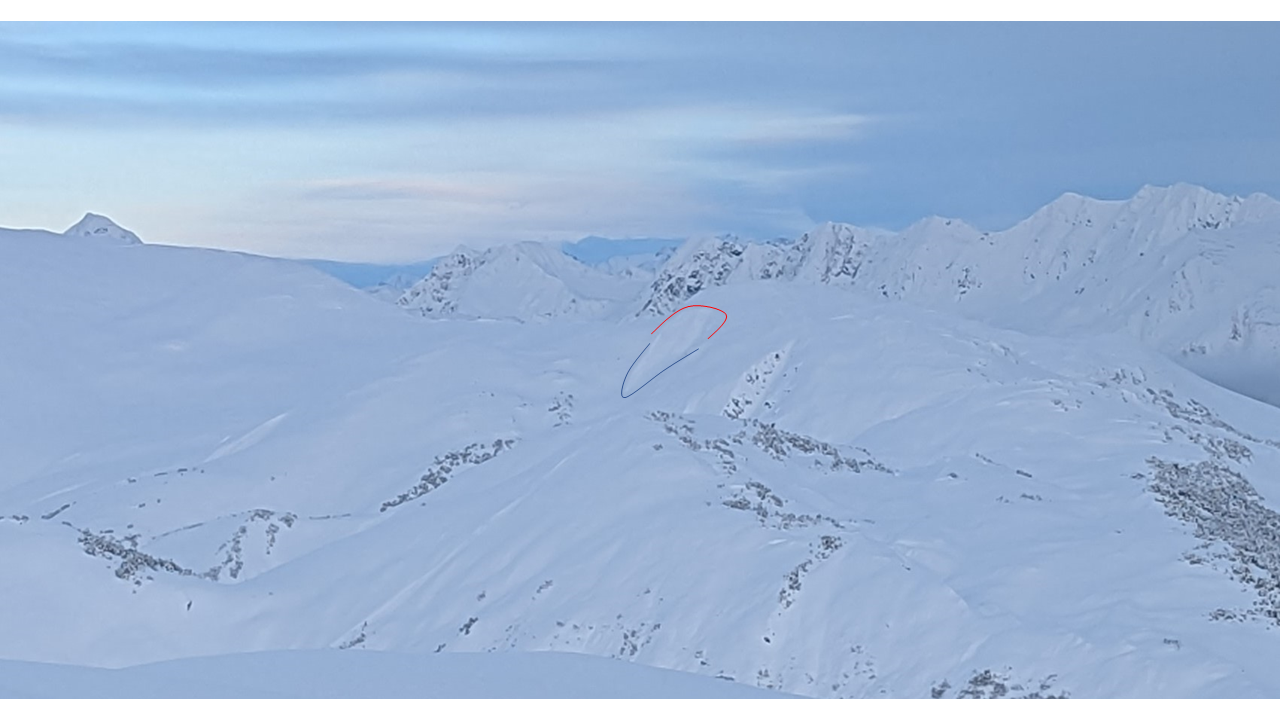Turnagain Pass
|
|
Happy Thanksgiving!!!
The avalanche danger is MODERATE above 1000′ today. It is possible to trigger a wind slab 1-2′ deep. Especially at higher elevations near ridgelines, convex rollovers, and gullies. Conditions could change quickly if the winds pick up because there is a lot of dry snow on the surface that could be blown into fresh wind slabs. There is also a weak layer of sugary faceted snow on the ground that could produce larger avalanches above 3000′. The avalanche danger is LOW below 1000′ today.
Turnagain Pass Motorized Use: The Chugach National Forest has issued a closure order for the Turnagain Pass motorized area due to inadequate snow cover to protect forest resources. Currently around 20″ snow exists outside the motorized parking lot at the Pass. See the ‘Riding Areas’ tab below for the latest updates.
Hatcher Pass Thanksgiving Forecast: HPAC is issuing a special forecast for the holiday, if you are headed up to the Talkeetna’s check out the forecast here.
Avalanche Education Scholarships: Get your application in NOW! The Friends of the Chugach Avalanche Center hosts two different types of scholarships; the deadline is December 1st. Several opportunities are available. See details HERE. Help us spread the word!
New this season: we are adding the avalanche problem rose to our icons. We’ve posted a quick guide on how to use it (and its limitations) here.

